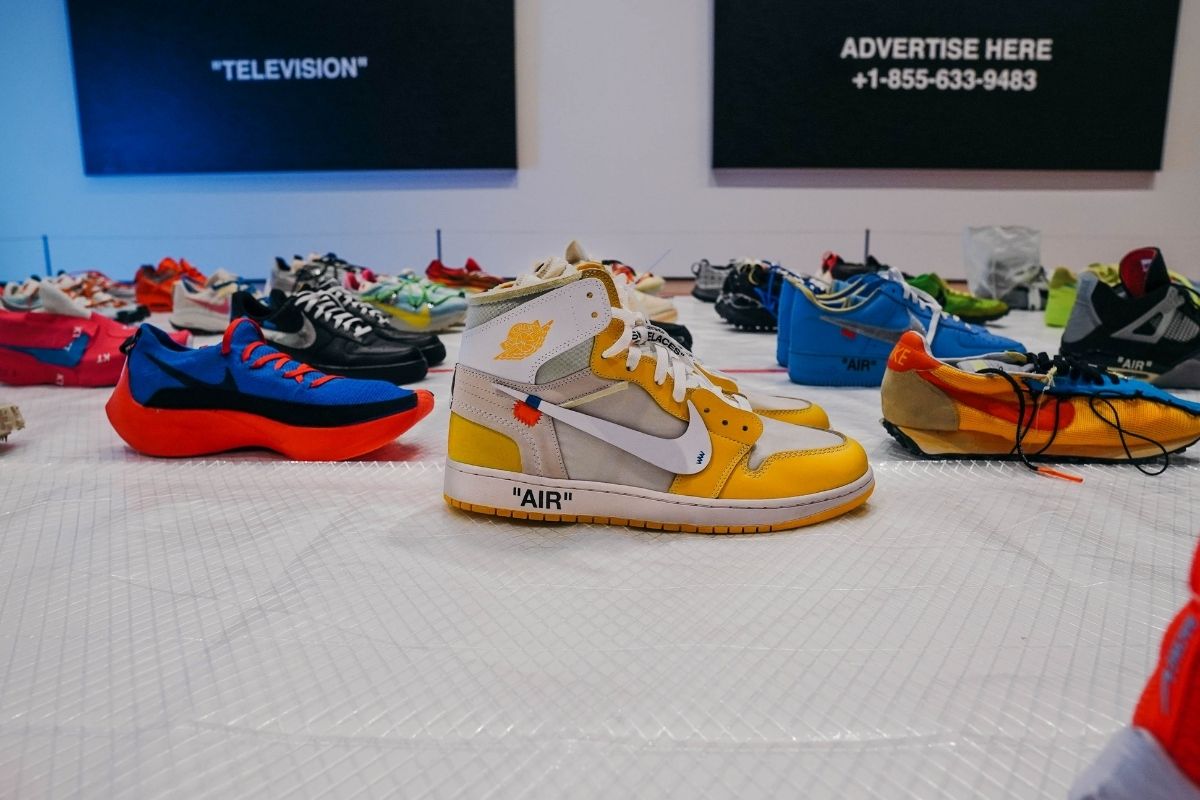The Changing Face of Sneaker Media

Sole Collector Magazine highlighted the sneaker industry in a way nothing had before. It was a quarterly print magazine just dedicated to sneakers that started in the early 2000s. It profiled actual collectors, and you could read about other people who had the same passion as you did.
It’s a website now that highlights new sneaker releases, reviews shoes, and features interviews with people who influence sneaker culture.
Another moment that I feel moved sneaker media forward was Kicks On Court and Celeb Kicks that happened through Nice Kicks, a website all about sneakers. Those became places you could get your internet dose of what players were wearing in the NBA, and what your favorite rapper or entertainer was wearing through paparazzi photos.
Another key moment was probably the show Sneaker Shopping. There was really nothing like that that had existed before. It was the zenith of where we are now with sneaker culture. It started in 2014 and is in its tenth season now.
The show features celebrities who are identifying themselves as sneaker-heads and athletes or entertainers that are identifying themselves as sneaker-heads. You get to see what clothes and sneakers they’re into because you’re actually going on a shopping experience with them.
Another major media moment for sneakers came when Vine was the big thing. Remember the meme about shoes that went: “Officer, I got one question for you. What are those?”
Usually, internet memes come and go. They’re hot for a week and then gone, but that shoe meme felt like it lasted for months. It spawned sneaker podcasts that were named after it. People used the audio from it in their Vines and their posts on Snapchat or Instagram.
Sneaker education has changed along with the media, too. Online sneaker education has replaced a lot of in-person classes and internships.
The media highlights how similar the sneaker industry is now to the way it was 10 or 15 years ago. The media covering the sneaker industry has changed, but what people are looking for and want to be a part of is still the same.
One example is the collector profiles in Sole Collector Magazine. You would open those pages up and read about other collectors who had this same passion for Air Jordans as you did.
Now, instead of looking at a paper magazine, you’re connecting with these people through Facebook in an Air Jordan Facebook group or through the curated people that you follow on Twitter or Instagram.
There are new ways to consume media today, but I think the core tenants of it and why people consume it are still the same.